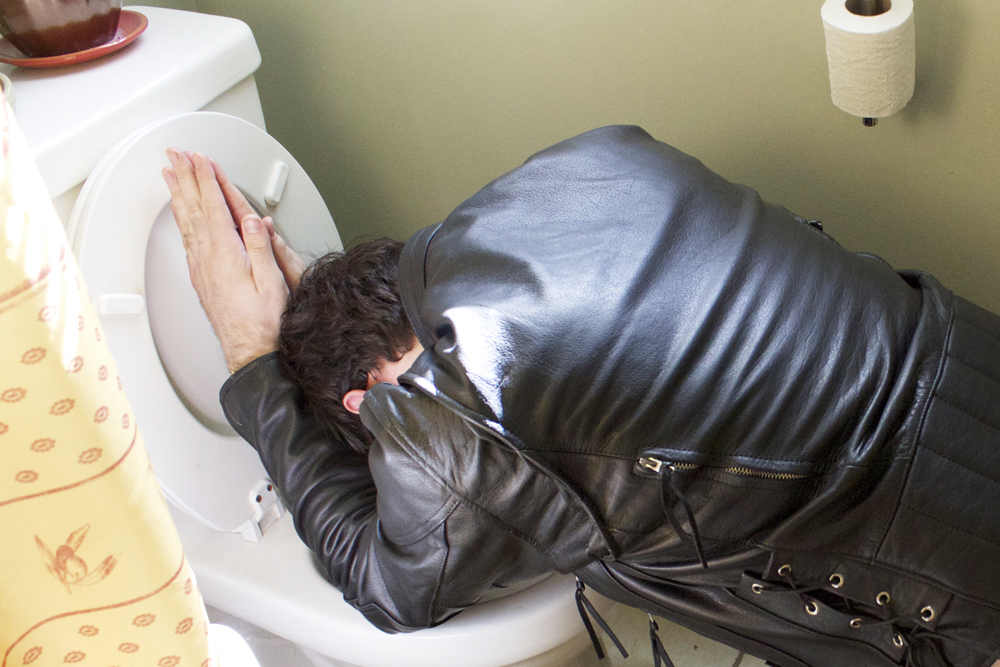The fair trade movement has grown exponentially since 2005, rising from $15 million in sales a year to $48 million in 2011. From textiles to produce, to coffee and tea and jewelry, fair trade certification is making its black-and-white mark in more and more places every day.
Who’s the fairest of them all?
The fair trade movement has grown exponentially since 2005, rising from $15 million in sales a year to $48 million in 2011. From textiles to produce, to coffee and tea and jewelry, fair trade certification is making its black-and-white mark in more and more places every day.
Yet much controversy still exists over the effectiveness of fair trade and the ethical considerations around it. Can farmers and producers really make enough money from switching to fair trade? Is the model enough to challenge huge problems with our market-based economy? How well are the claims of fair trade really monitored in the production countries?
Fair trade certification claims that it improves local development, ensures fairer labor practices such as the exclusion of child slavery in cocoa production and encourages democracy, non-discrimination and transparency.
Indeed, the growth of fair trade indicates a shift in the consciousness and ethics of consumers in metropolitan places. It shows that people generally care about the conditions under which people in the developing world work and that they will pay more to not feel guilty about enjoying the luxuries afforded to them from years of colonialism and imperialism. This is overall a good thing.
The trouble starts when you go searching for real answers to questions like, “how much do the farmers really get paid?” and “how do you know they don’t use child labor in fair trade chocolate production when the Transfair website (one of the largest certifiers in the U.S.) says that the growing and production sites are only reviewed once a year?”
The fact is these certifiers are not as transparent as they let on, and pursuit of answers to these questions is difficult for a researcher, let alone an average Joe just picking up his morning cup of presumably fair trade coffee.
In 2006, the commodity rate for coffee paid to the farmer by mainstream companies was $1.10, as opposed to the fair trade premium of $1.26. It has also been noted that an outside company, Allegro Coffee, did their own breakdown of the finances and concluded that sometimes farmers only received 80 cents of the $1.26.
Part of the problem is that with fair trade there are many hands that the twice-as-expensive coffee profits go through before they get to the farmer. There are a lot of legal battles involved in fair trade which means a lot of lawyers’ bills.
Allegro Coffee’s method to counter this problem has been to create their own model ,similar to the one model called “direct trade,” which seeks to have retailers engage more directly with the farmers and producers in other countries and to work directly with them rather than through a larger certification body like Transfair.
While this would certainly help some of the fair trade deficiencies, we have to ask if this is really the best way to go about tackling the problems of our import-export based world.
The problem with models like fair trade and direct trade is that they use a top-down approach to reform a system that is unable to be reformed. Firstly, they use the existing power structures of the developed world “giving” the model of fair trade to the developing, as opposed to letting the workers of developing countries decide their own fate and decide how they would like to do business with us.
Secondly, they divide the international working class into two groups: workers and consumers. The trouble is that most of us are both of these identities at different times of the day.
From electronics manufactured in Malaysia to chocolate on the Ivory Coast to the fancy restaurants that college students slave away at in our urban cities, many of us are unable to take part in the consumption of the things that we help produce at the same level and rate as those that we produce them for.
This is a market and capitalist problem that cannot be reformed away. Fair trade still relies on a bulk of the profit going to those who create and control the companies.
A truly fair system would be one that allows for the people who make imports and exports to have equal access as anyone else to what they produce. Anything else is a bandage on a quickly festering wound.




